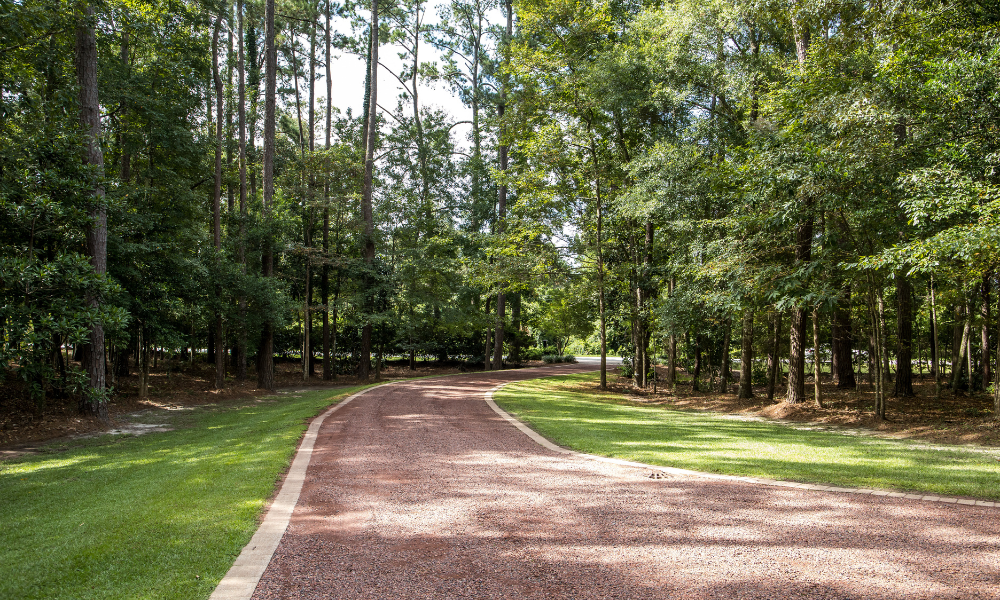
Proposed change will reduce overall area of easement granted to other lot owners, ruling says

The British Columbia Supreme Court refused to modify a registered easement upon finding that it was not obsolete, that the other parties never agreed to change it, and that maintaining it as originally registered resulted in a substantial practical benefit.
The case of Weatherill v Sievewright, 2025 BCSC 480 involved a bare land strata steeply going down from common property to the shore of Sakinaw Lake. The dispute revolved around two recreational properties: the petitioner’s strata lot (SL 18) and the respondents’ strata lot (SL 19), which was on the left side of SL 18.
An easement extending into the middle of SL 18 provided driveway access to SL 19. The petitioner requested a court order decreasing the easement on his property under s. 35 of BC’s Property Law Act, 1996.
The parties discussed their building plans from late 1998 to early 1999. The petitioner wanted to remove vehicular access to the driveway’s lower portion so that he would have more space to construct a cabin on the lakefront area of SL 18.
The respondents also wanted to build a cabin on the lakefront of SL 19. They opposed the plaintiff’s plans to remove vehicle access to their desired cabin location because this access allegedly motivated them to buy SL 19 in the first place.
The petitioner claimed that the respondents agreed to adjust the easement to remove a substantial portion and replace it with a more direct descent on the side of SL 18 in exchange for him supporting their request to vary the strata regulations.
The respondents denied the existence of this agreement. They alleged that the petitioner unilaterally rebuilt the driveway in 1999. They claimed the reconstructed driveway was steeper and smaller than the registered easement area, which led to drainage issues.
The petitioner never followed through with his plan to build a cabin near the lakefront of SL 18. Instead, he wanted to sell the property. He said that he could not do so without modifying the easement.
The Supreme Court of British Columbia dismissed the petition upon finding that the case failed to meet the requirements of s. 35(2) of BC’s Property Law Act.
First, the court did not deem the easement obsolete. While the altered driveway gave the respondents some driveway access, the court said this did not mean the original easement’s benefits became obsolete.
Second, the court ruled that the petitioners failed to show that maintaining the easement’s original area would not result in a practical benefit to the respondents. Instead, the court held that preserving the access rights under the registered easement would lead to a relevant and practical benefit and that modifying the easement as the petitioner proposed would injure the respondents.
Third, the court decided that the parties never reached an agreement relating to specific changes to the lower portion of the driveway or the alteration of the area of the registered easement. The court found insufficiency in the petitioner’s evidence alleging a verbal agreement to register the modified easement in the Land Title Office in 1999.
The court noted that it did not need a trial to determine the issues in this case. The court said that the respondents gave compelling evidence about the uses of the driveway as intended by the original easement and the difficulties they encountered with the altered layout.
The court concluded that the easement proposed by the petitioner objectively reduced the overall area of the easement granted to the respondents and resulted in a steeper grade of descent and ascent from SL 19.